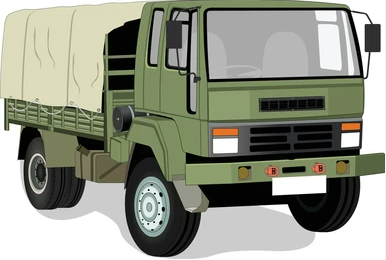I remember very well the day we dissected frogs in my high school Biology lab.
Each group of students had a frog placed in front of them, on its back, in a dissection pan. We used small scissors to cut along the midline of the frog’s body and then made horizontal cuts with a scalpel near the arms and legs. We then folded the flaps back and pinned them down.
I was wearing my favorite gray hoodie that day. It zipped in the front and had two long drawstrings designed to tighten the hood when it was placed over your head. I rarely used the drawstrings as intended. Instead, I had a habit of putting them in my mouth and chewing on them.
As I looked into the frog’s body cavity, I noticed yellow finger-like projections, called fat bodies, partially obscuring my view of the internal organs. I needed to remove the fat bodies in order to see the organs more clearly. As I leaned forward to start the removal process, one of my hoodie drawstrings landed directly in the frog’s exposed body cavity.
The instant I realized what had happened, I recoiled and quickly stepped away from the table, attempting to process the ramifications of what had just occurred.
A few other students at the table witnessed what had happened and were quick to point out the obvious, “Dude, your hoodie string went right into your frog’s guts!”
Even though I saw the drawstring land in the frog’s body cavity, and other students pointed out that the drawstring had touched the frog’s guts, not 30 seconds had gone by before I instinctively and unwittingly put the drawstring back in my mouth.
This experience reminds me of a fundamental concept that is shared by martial arts practitioners, military service members, and law enforcement agents: “You will fight as you train, therefore you must train to fight.”
One of the most important and influential Brazilian Jiu-Jitsu practitioners, Calson Gracie, said “If you want to be a lion, you must train with lions.”
The US military espouses the cardinal principle of “Train as you fight.”
And in his book, On Combat: The Psychology and Physiology of Deadly Conflict in War and in Peace, author and police trainer Dave Grossman discusses the importance of effective, realistic training. His book provides an example of police training in which participants would repeatedly disarm an opponent with a replica handgun. Once the police officer disarmed the opponent, they would pick up the weapon and hand it back to their training partner. They repeated this process, over and over — lots of repetitive training.
Later, one of the trainees had to use his training in real-time to disarm an assailant. Training kicked in, muscle memory took over, and he knocked the weapon out of the aggressor’s hand. He then reached down, picked up the weapon, and handed it back to the attacker, just as he had done hundreds of times in training.
Simply put, the way you train in the dojo is the way you’ll perform in real-life situations. So, it is imperative to implement realistic training and practices that approximate real-life situations.
Another valuable lesson I learned from my above experience is that frog guts don’t taste good!








